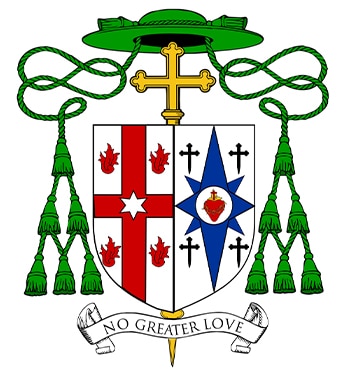The Church in Afghanistan

Fr. Giovanni Scalese is a Barnabite priest and the ecclesiastical superior of the Roman Catholic Mission of Afghanistan. He lives in Kabul and recently spoke with Eduardo Andino about the challenges of his Mission.
Whom does the Mission primarily serve? Who are the Catholic expats in the country and why are they in Afghanistan?
The Catholic Mission was established exclusively to serve Catholic foreigners, temporarily residing in Afghanistan. At present, they are, generally speaking, employees of the international organizations, present in the country for political, economic, and humanitarian reasons. The military are usually served by their chaplains (but, nonetheless, the Italian troops in Kabul have asked me to say Mass in Italian for them every week).
What is the state of relations between the Catholic Church and the Afghan government? What about relations between the Mission and the local population?
Simply there are no relations. Even though my presence is accepted (I officially pass for an attaché of the Italian Embassy), there are no diplomatic relations between the Islamic Republic of Afghanistan and the Holy See. Unfortunately, even with the local population, at this moment, there are no opportunities of meeting. We are in a country at war: It is not prudent to go out; especially after the last terrorist attacks, we live in a permanent state of siege. My predecessors were able to go downtown; they were known by people, who used to call them mullah. Now all this is no longer possible.
Describe how the life of the Mission changed with the onset of the American military presence after 9/11.
Well, the first change was the establishment of the Mission sui juris. From 1933 to 1994 the Mission was practically a simple parish. Since 2002 it has become a proper jurisdiction, similar to a diocese, covering the whole territory of Afghanistan. In the first years after 2002, unlike the rest of Afghanistan, Kabul was a rather peaceful city; there were many foreign workers (especially Filipinos); it was fairly easy to access the Embassy; so, the chapel used to fill with people. Then, especially since 2014, the situation has progressively been deteriorating: There have been almost daily attacks; security measures are getting tougher and tougher; many foreigners are leaving the country; so, even the attendance to Sunday Mass is diminishing.
What is the work of the local Catholic religious orders? Who are they and where do they come from?
The first religious women—the Little Sisters of Jesus—arrived in Afghanistan in 1955. Until the beginning of the twenty-first century, they were, with the Barnabite chaplain, the only religious presence in the country. They stayed here even during the Taliban period. They worked as nurses in the hospitals, and lived among people, “Afghans among Afghans.” Unfortunately, they left last February. In 2004 an intercongregational community was founded—PBK (“Pro Bambini di Kabul”)—which runs a small school for disabled children. The Sisters, belonging to different Congregations, change periodically. At present, there are a Pakistani (Dominican), an Indian (Guanellian) and a Mozambican (Consolata). In 2005 some Indian Jesuits came with their Jesuit Refugee Service. They are engaged in the field of education. At the beginning, they were four; now, especially after one of them was kidnapped, only two are left. In 2006 the Missionaries of Charity (Mother Teresa’s sisters) arrived. They have an orphanage for disabled children and help more than 300 poor families. Now we have four sisters (from India, the Philippines, Rwanda and Madagascar). There are also two Lutheran German Brothers, belonging to the Christusträger Bruderschaft, with whom we live in a full communion.
Read more at First Things – https://www.firstthings.com/web-exclusives/2017/10/the-church-in-afghanistan







